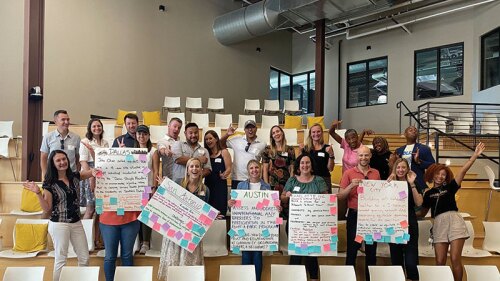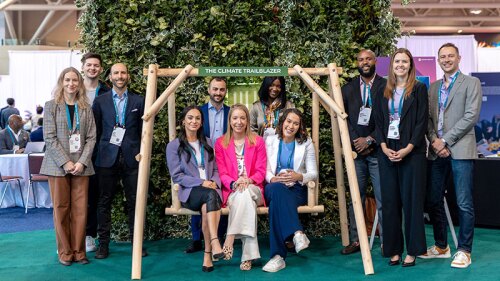The redevelopment spurred by Amazon’s decision to open headquarters sites in Northern Virginia and Long Island City, New York, will reflect an ongoing evolution of urban areas that we at the Urban Land Institute believe will continue for decades to come. Two trends—identified in our latest Emerging Trends in Real Estate® 2019report—will be particularly evident: the transformation of close-in suburbs into thriving urban-like destinations that combine housing, commercial, and retail uses with open space, and the reuse of existing space to meet the new needs and expectations of businesses and workers.
The Northern Virginia neighborhood National Landing—encompassing Crystal City and Pentagon City in Arlington County and Potomac Yard in Alexandria—shares similar characteristics with Long Island City: both are well located, well served by transit, and have underused space that offers opportunities for infill development for residential and office uses. Both are examples of the increasingly blurred distinction between urban areas and suburban neighborhoods, and they are examples of the types of places where the majority of the U.S. population is likely to live and work in the years ahead.
In addition, Amazon’s selection of downtown Nashville for its operations center reflects another trend—the rise of smaller, “18-hour cities” with high appeal in terms of livability, affordability, employment opportunities, and recreational and cultural amenities. Urban neighborhoods in these cities have become places to work and live, rather than work and leave, adding to the urban evolution that is changing how people experience cities.
This transformation of both urban and suburban communities, in terms of redeveloped office and retail space as well as housing, reflects a desire by talented workers such as those sought by Amazon to work and live in areas with more mixed-use development. This is leading to creative adaptation of obsolete space not just for housing or updated office purposes, but also for use as medical or education facilities, fitness centers, arts and entertainment facilities, or other types of community amenities. In addition, the priority these workers and residents place on convenience is leading to an ever-expanding array of services offered as part of the space itself.
This is the new normal for the real estate industry and our cities—the development of places throughout urban regions that successfully blend spaces to work with spaces to live and spaces to socialize, and which have transportation options connecting one destination neighborhood to another.
The metropolitan regions that can offer this will have a distinct competitive advantage over those that do not. Amazon’s decision for its new headquarters locations, and its new operations center, is an affirmation of this urban evolution, and future decisions by companies seeking talented workers will further fuel the change. It is a very exciting time for the business of city building.



